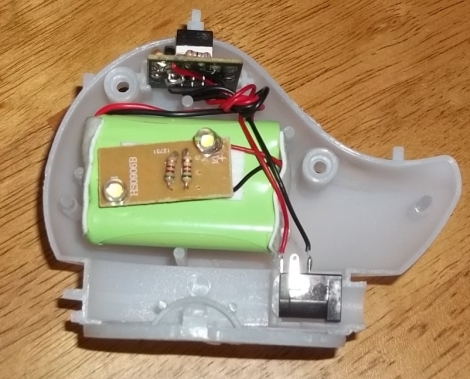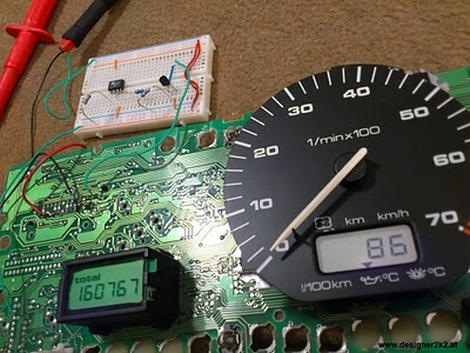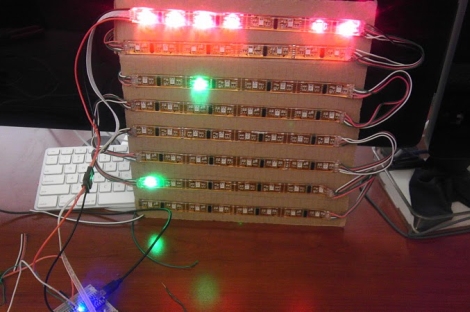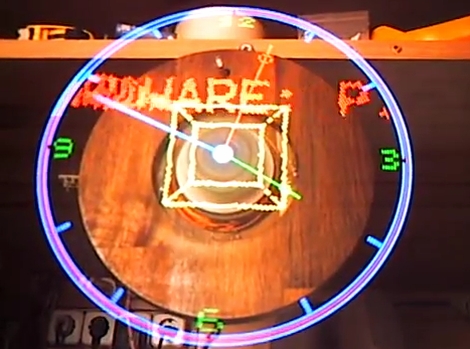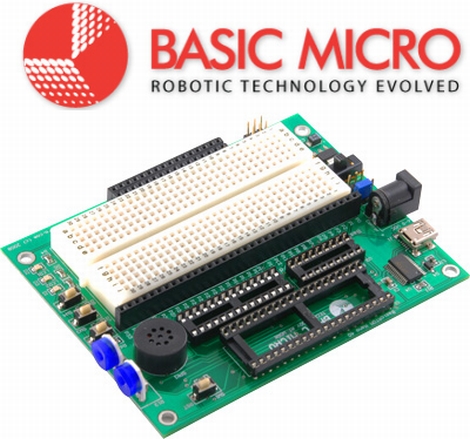
UPDATE:
As several readers have already noted, these things sold out very quickly – in less than 15 minutes! Big thanks to Basic Micro!
If you have been considering the purchase of a Basic ATOM Nano product, but you weren’t quite ready to lay down the cash for a dev board and Nano microcontroller, boy to we have a deal for you. The kind folks at Basic Micro informed us that they have 55 Basic ATOM Nano Development boards, complete with Nano 28 microcontrollers that they would like to give away to the Hack a Day community for the low, low cost of $0.
That’s right. Zero. Zip. Zilch.
The dev boards come complete with an LCD header, a small solderless breadboard, USB connectivity, a pair of servo connectors, and more! The Nano 28 is based on the PIC16F886 microcontroller, and features an 8MHz clock, 24 I/O pins, 14K of flash memory, 368 bytes of memory, and 256 bytes of EEPROM storage.
The total value of the package is just around $50, so this is an incredible deal! Basic Micro will even ship your kit to you for free via USPS.
Just add this item to your shopping cart on the Basic Micro site, and use the coupon code “freehack” at checkout – they’ll take care of the rest.
There are a few caveats to this giveaway, and they are as follows:
1) To participate, you must reside within the contiguous United States – i.e. anywhere in the lower 48 (Sorry readers from Alaska or Hawaii!)
2) The offer is limited to one kit per individual. Let’s not be greedy here, give your fellow hackers a chance at this deal as well.
3) Once these dev boards are sold out, they are gone for good. There are no rain checks or back orders available.
4) You must build something cool with your kit and share it with us in our forums or via the tip line*
*Not really, but it would be pretty cool if you did.
[Thanks to Dale at Basic Micro for putting this together for us!]


